Stegosaurus
Name Origin
Roofed Lizard
Family
Stegosauridae
Classification
Diapsida, Ornithischia, Thyreophora
Habitat (Discovery Location)
United States, Portugal, Madagascar
Period
Approximately 155 to 145 million years ago (Late Jurassic)
Length
Approximately 9 meters
Weight
Approximately 2.5 to 3.5 tons
Diet
Herbivore (Plant-eater)
 Jurassic
Jurassic
Park / World Featured Dinosaur
Appearance in Jurassic Park
It does not appear as a living creature in the film.
Its only appearance is during the "embryo cold storage" scene, where Dennis Nedry steals the dinosaur embryos. Its name is listed on the label as one of the embryos he steals.
(If you look closely, you can also see that the name on the label is misspelled as "Stegasaurus".)
Additionally, the icon depicted on the embryo label was a design of its upper body, from the skull to the shoulder blades.Appearance in The Lost World: Jurassic Park
In The Lost World: Jurassic Park, the first dinosaur Dr. Ian Malcolm's team encounters after arriving on Isla Sorna is a herd of Stegosaurus, appearing as a family group.
They are portrayed as relatively docile dinosaurs that normally travel in herds. However, they also possess a fiercely aggressive side when protecting their young, turning to use the powerful spikes on their tails as weapons to violently attack intruders.
In the film, there is a scene where Dr. Sarah Harding gets too close to the juvenile while observing it and is injured by a powerful tail strike from an adult Stegosaurus acting in defense of its young.Appearance in Jurassic Park III
The appearance of the Stegosaurus in Jurassic Park III is minimal, relegated to a background role in just a few brief scenes.
However, a key characteristic of the individuals in this film is their depiction with an astonishing physique, appearing to rival or even surpass the height of the film's Tyrannosaurus (T-Rex).
In the movie, they are seen as herds or family groups during the initial airplane fly-over of the island and again on the riverbank during the encounter with the Brachiosaurus near the end.Appearance in Jurassic World
It is seen in the park's grassland scenes.
In the film, it appears alongside other herbivores such as Parasaurolophus, Triceratops, and Apatosaurus, depicted as part of the "Gyrosphere Valley" ecosystem.Appearance in Jurassic World: Fallen Kingdom
In this film, they are depicted fleeing in panic alongside other dinosaurs during the volcanic eruption on Isla Nublar.
Additionally, just before being transported from the island, one of the captured individuals suffers a cruel ordeal: Wheatley, the leader of the mercenaries, forcibly extracts one of its teeth to keep as a trophy for his collection.
Subsequently, they were transported to the "Lockwood Estate" on the U.S. mainland. While one of the captured individuals was sold off at the auction, the remaining few successfully escaped the manor at the end of the story along with the other dinosaurs, released into the wild.
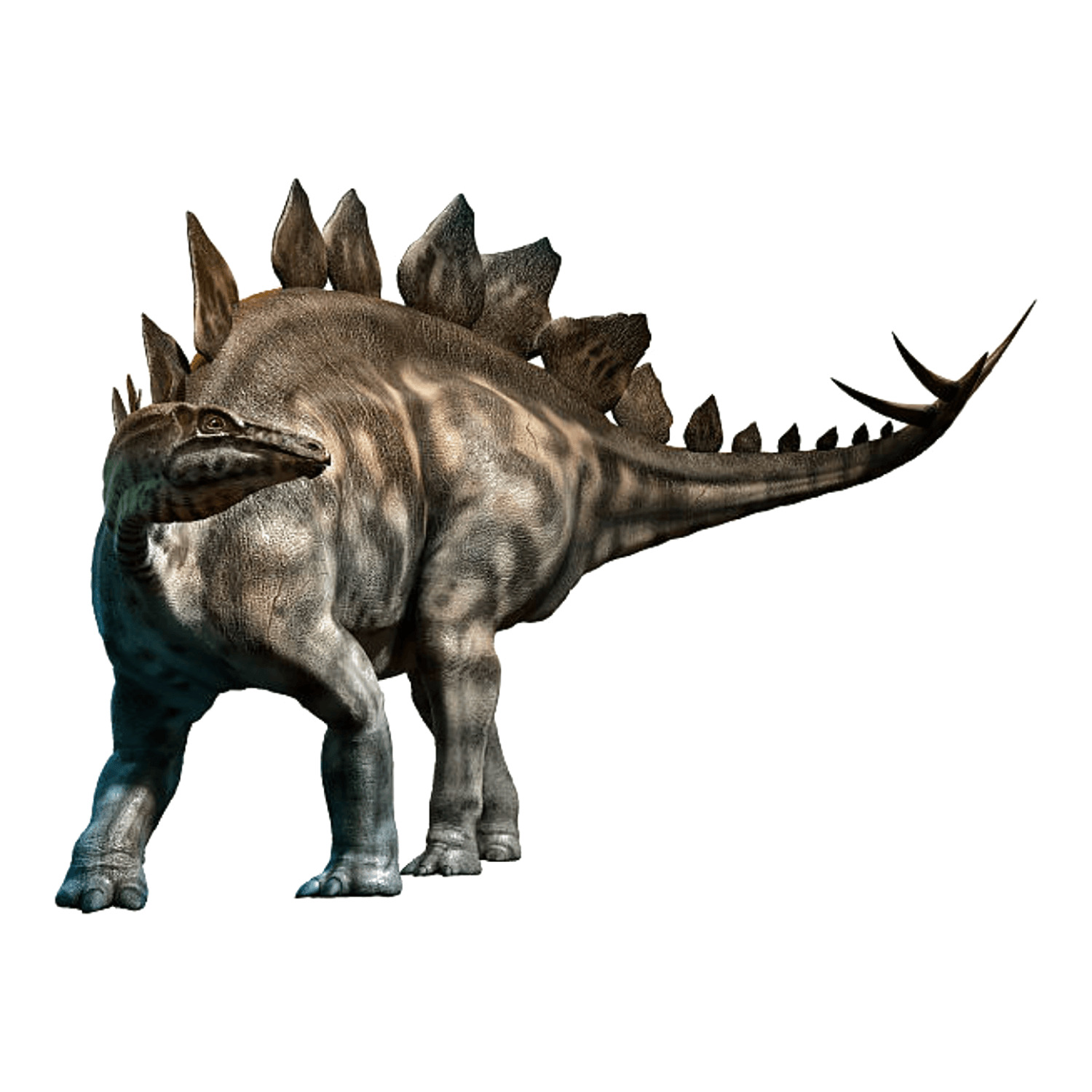


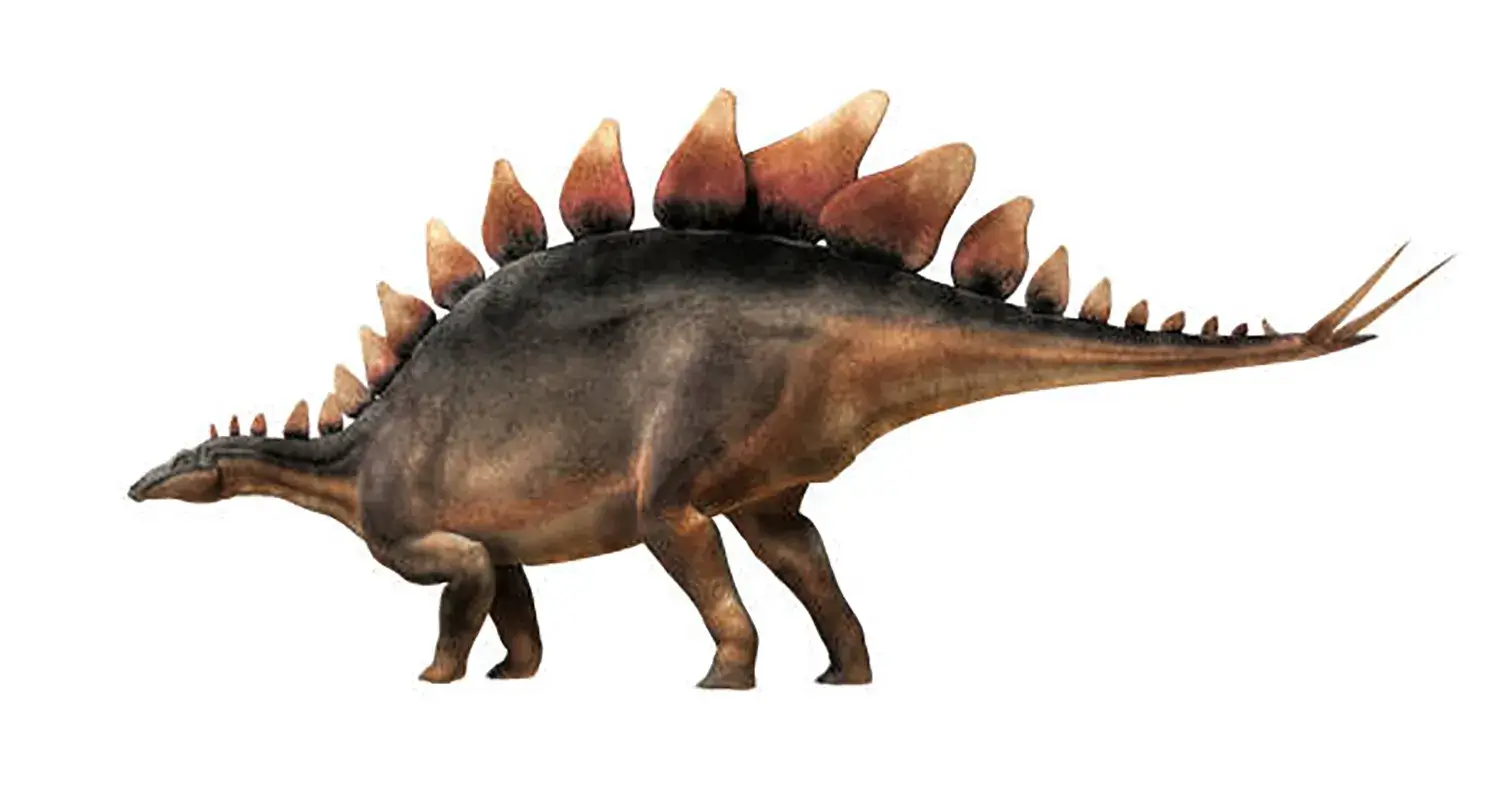
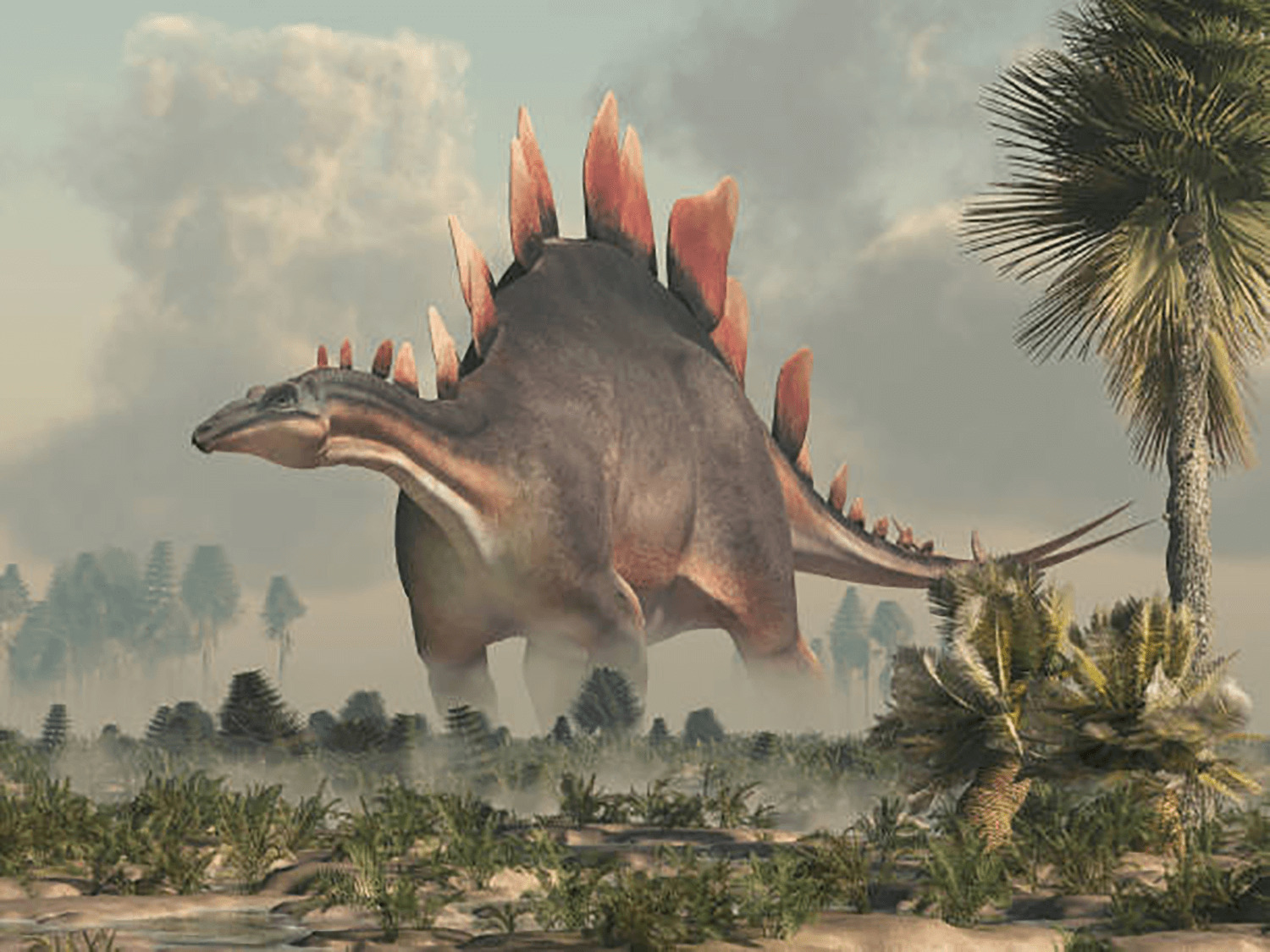

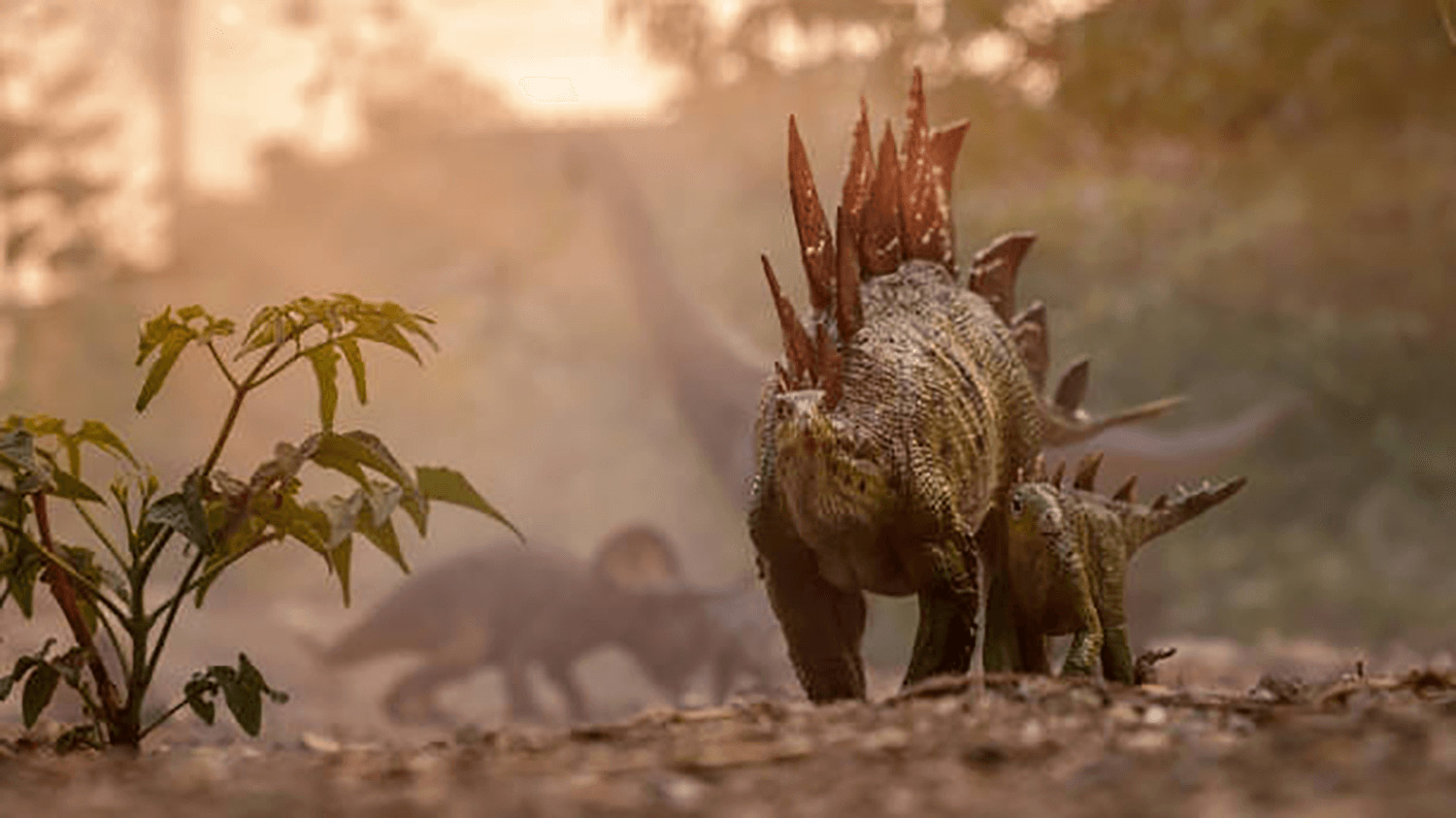
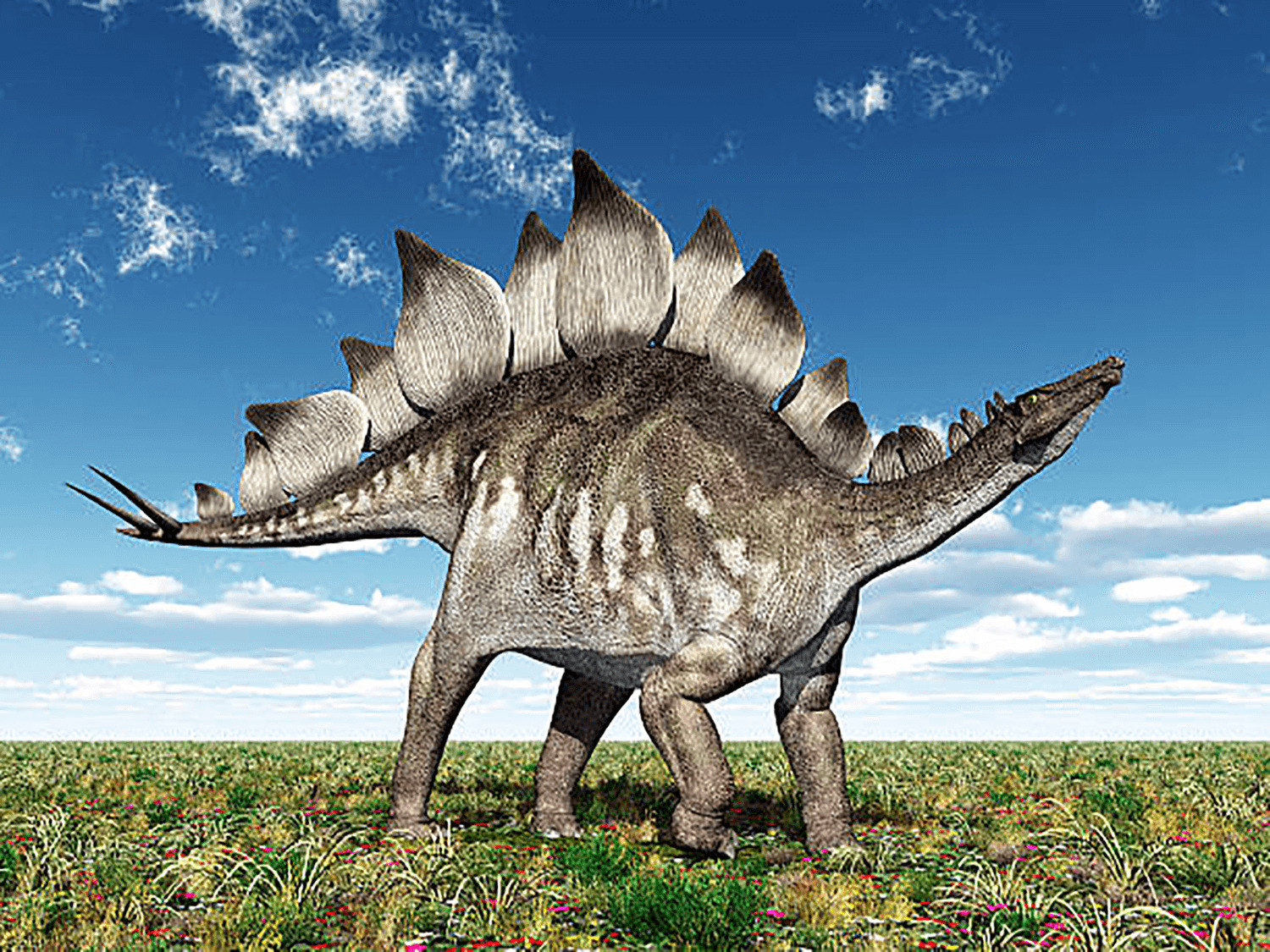
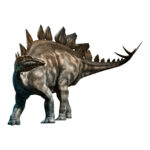
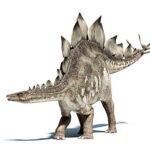
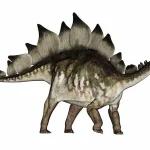
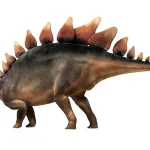

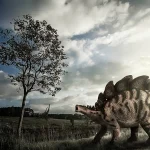


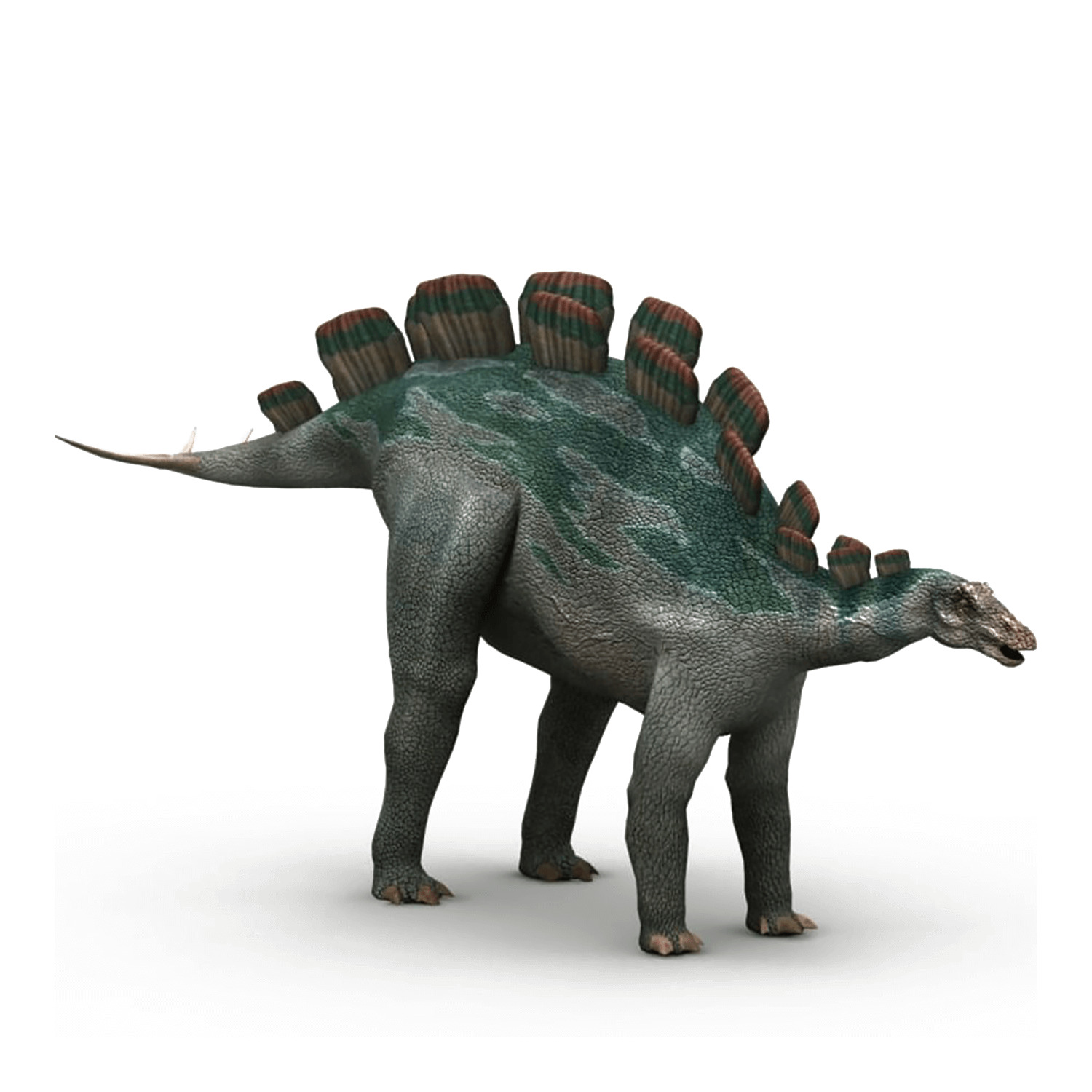
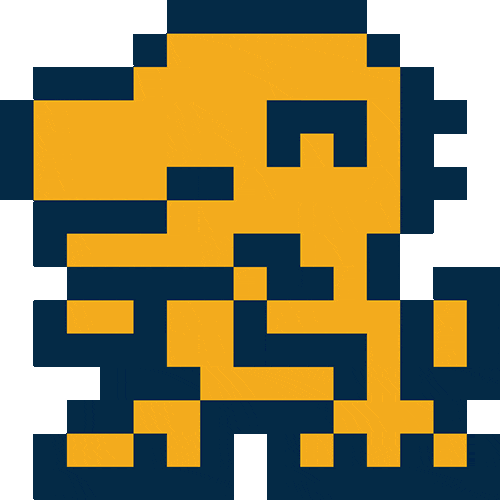
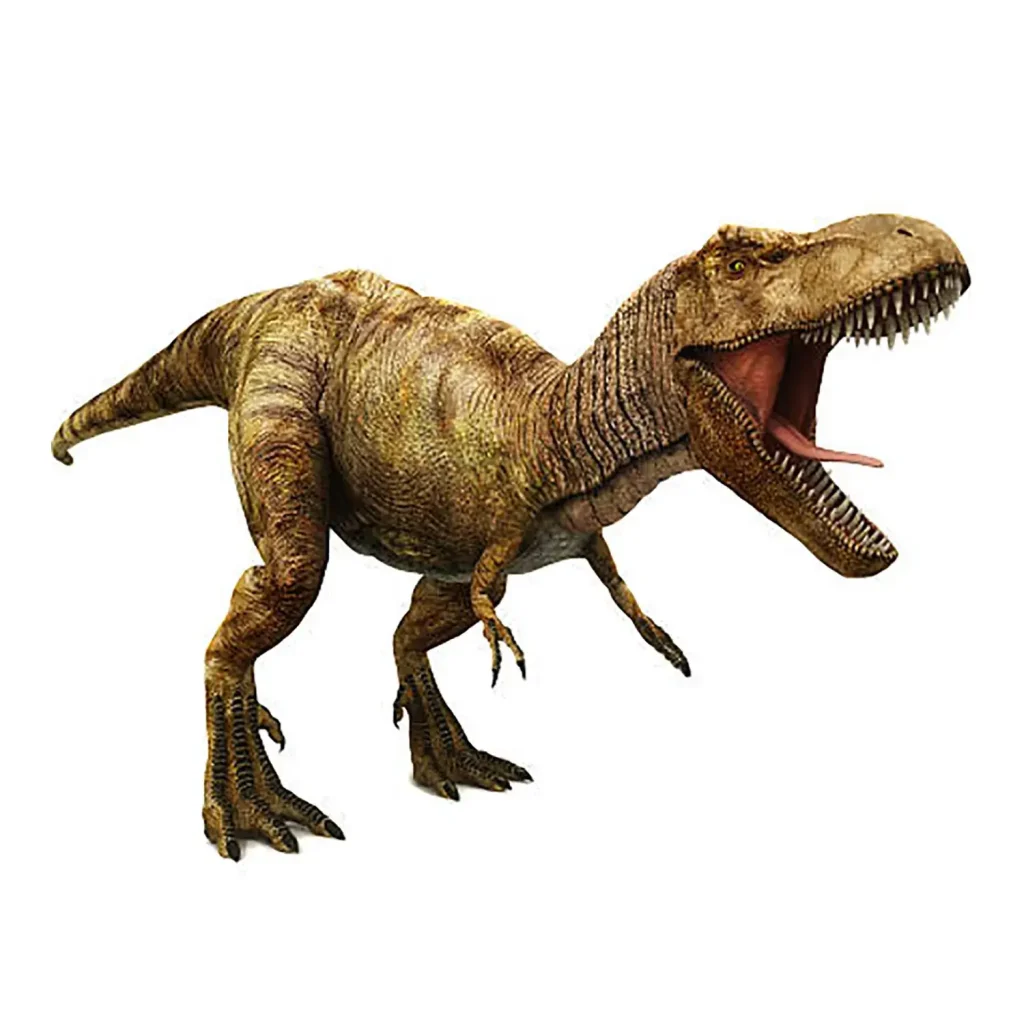

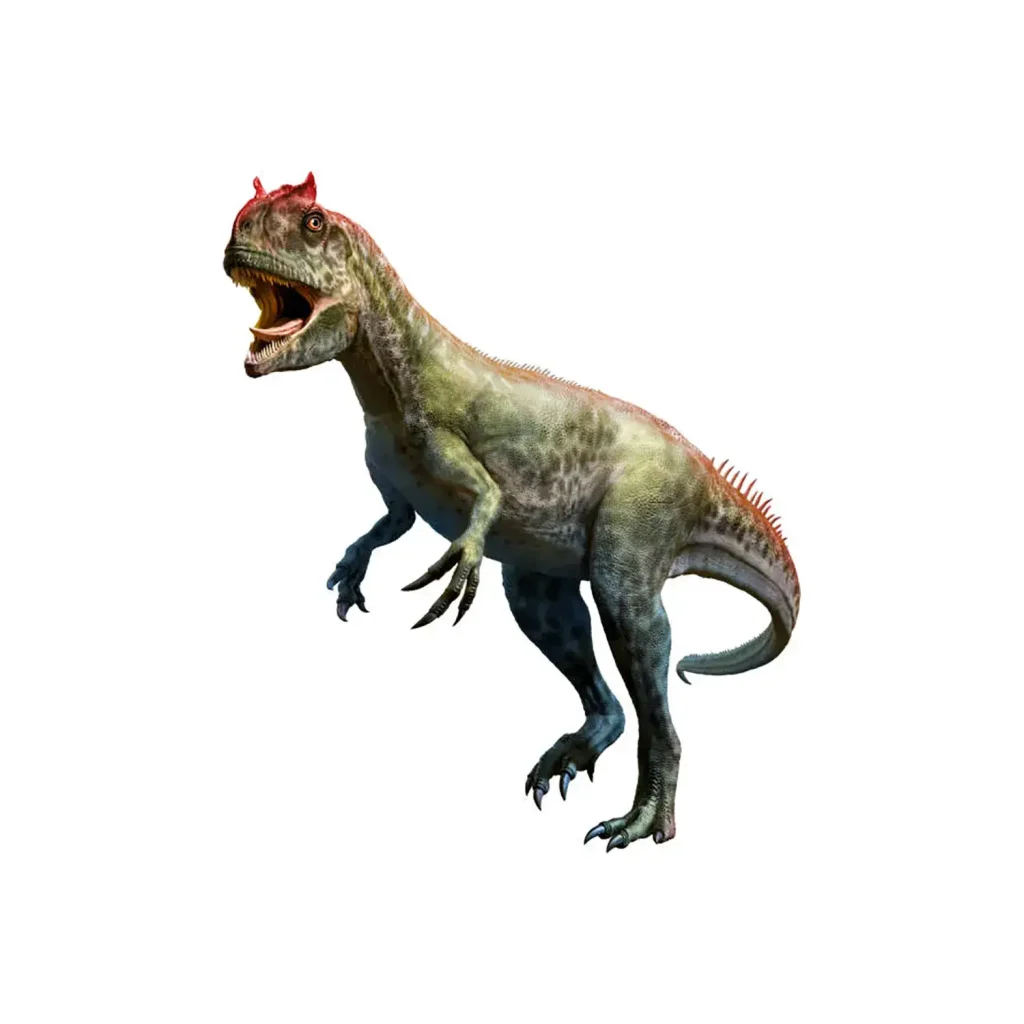
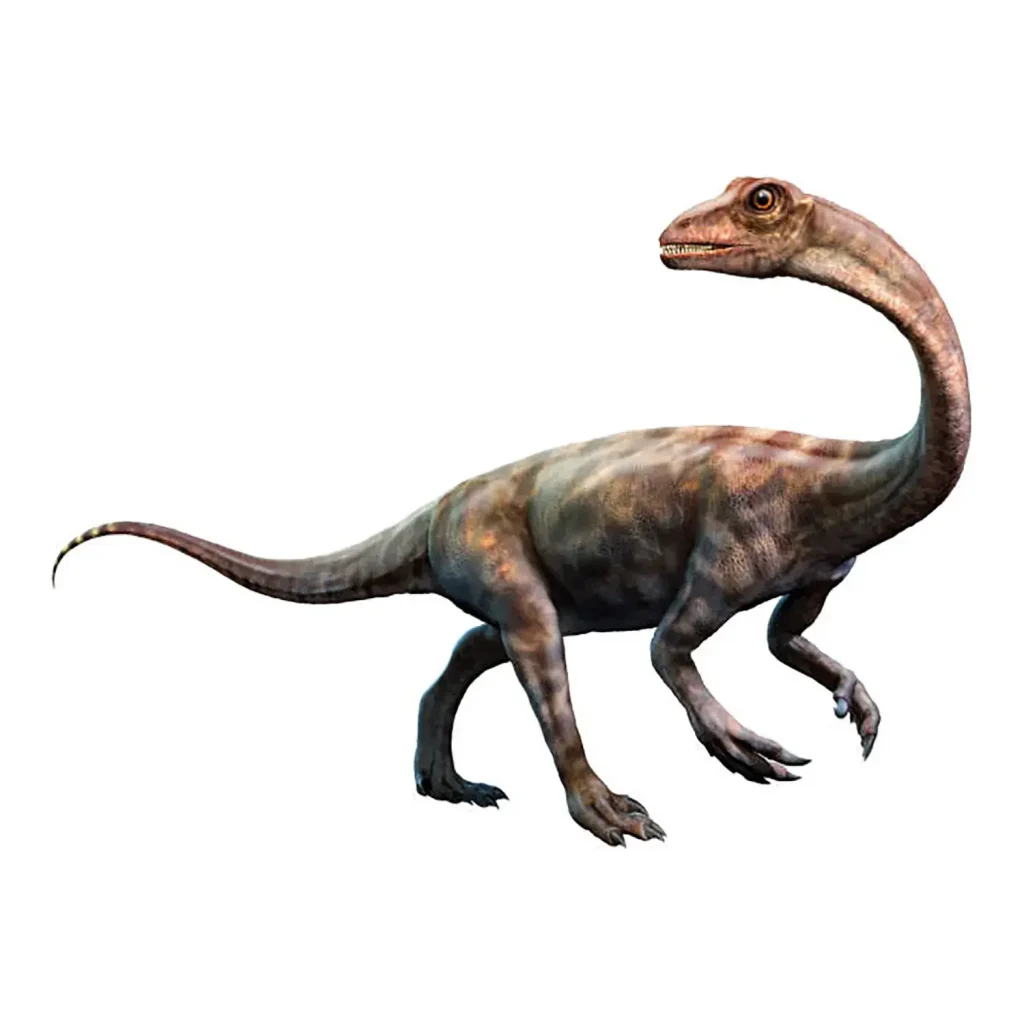
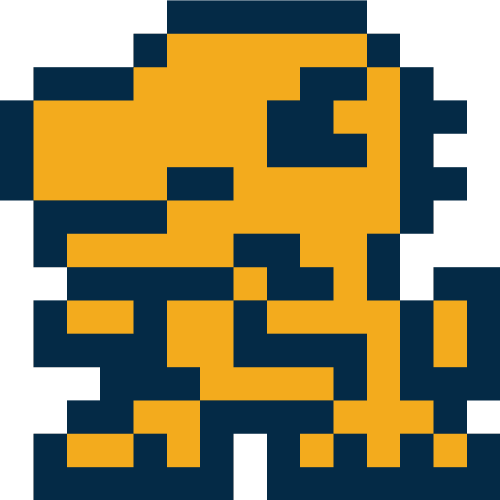
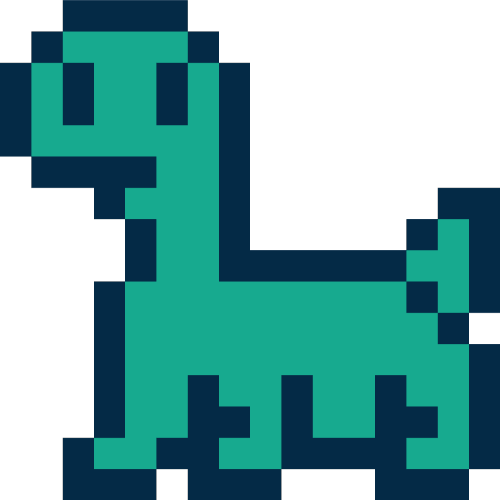
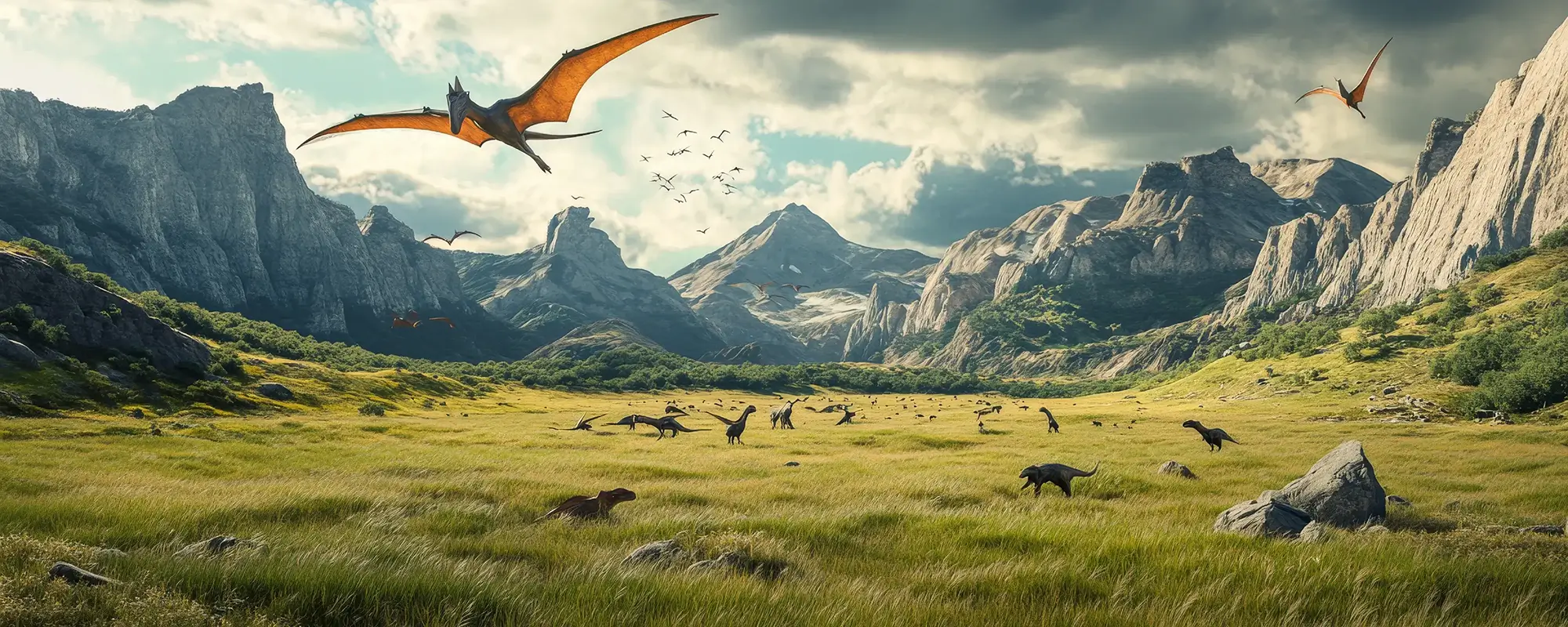
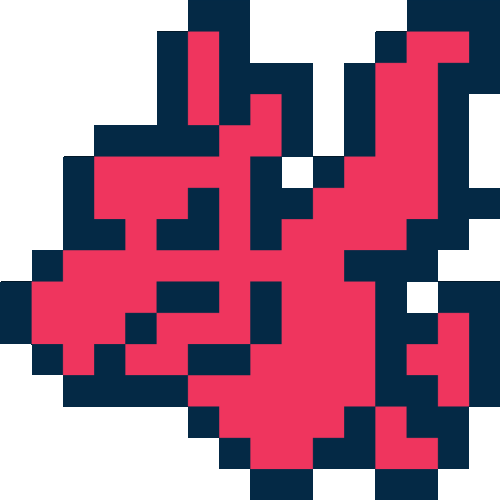

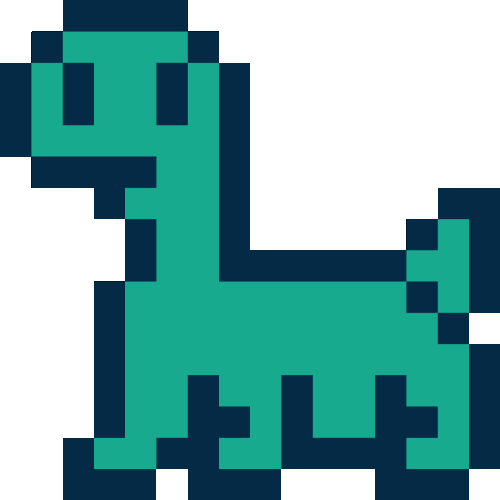
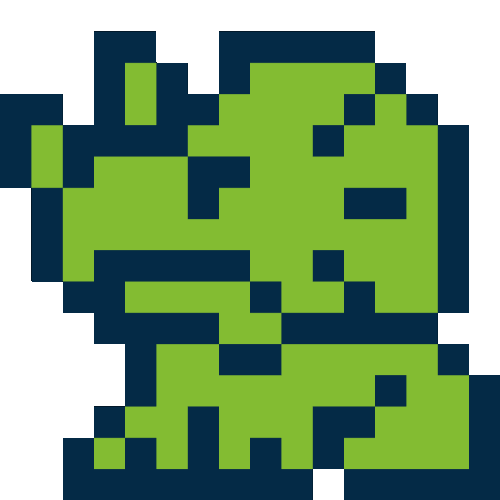
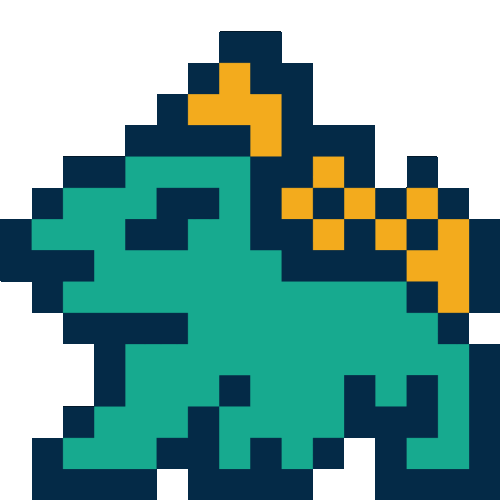

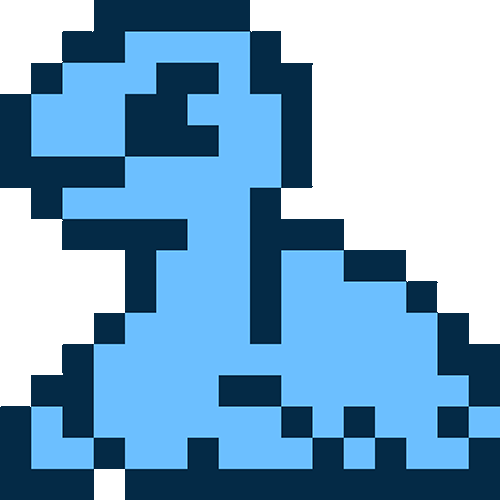
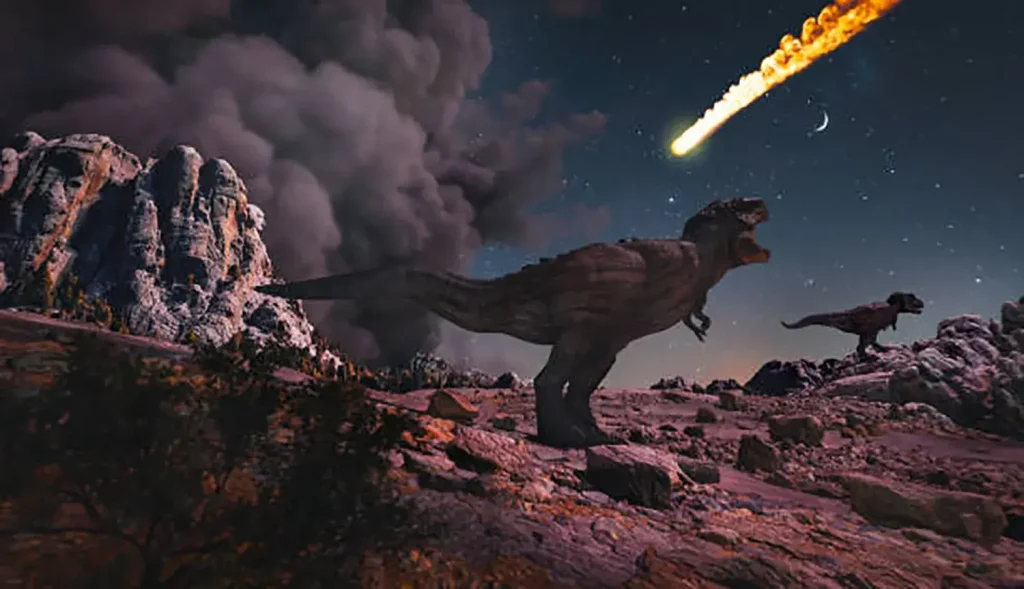
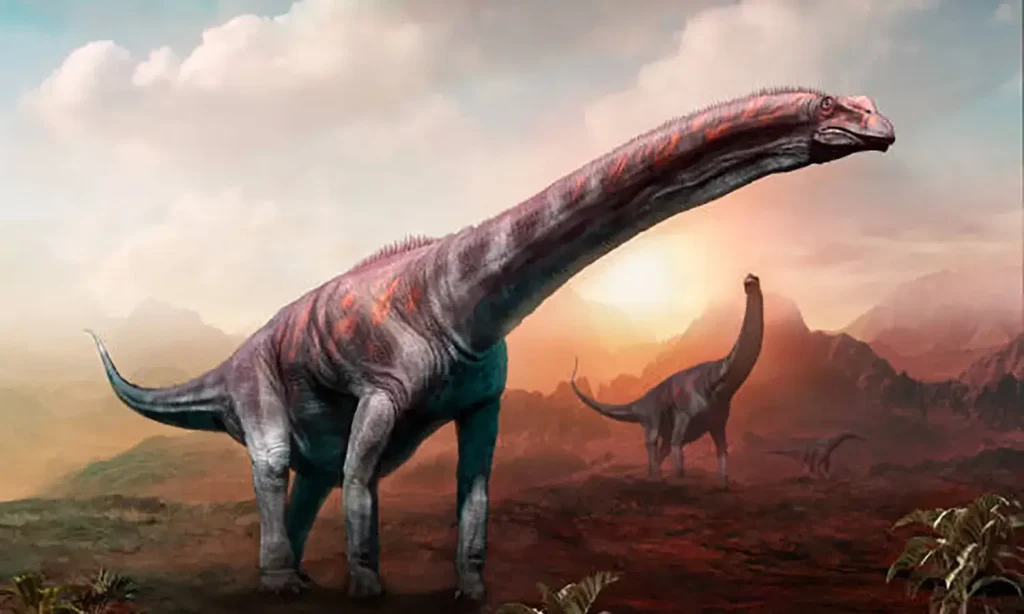
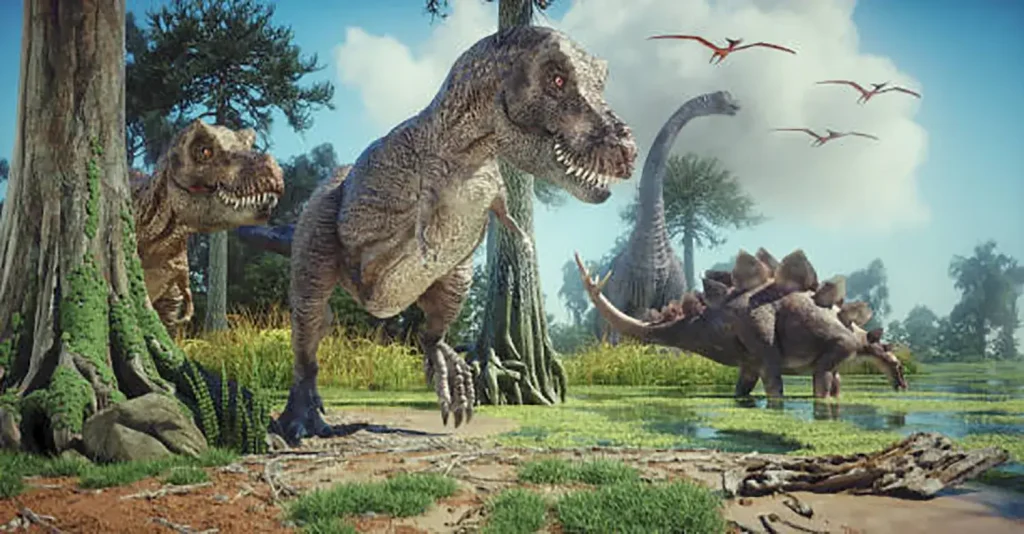
Description
Stegosaurus is a representative dinosaur that has been widely known for a long time, alongside Tyrannosaurus and Brachiosaurus.
Its name means “roofed lizard,” given for the two rows of massive bony plates on its back.
It was the largest of the stegosaurs, and its striking appearance—including its small head and the spikes on its tail—continues to captivate many people.
The largest of the stegosaurs, with an impressive small head and tail spikes
The Secret to Its Strength: Its Heavily Armored Body
The secret to Stegosaurus’s strength lies in its heavily armored body.
The four sharp, meter-long spikes on the end of its tail were its weapons for fighting enemies.
In fact, a fossil of an Allosaurus with a wound that appears to have been caused by a spike has been found, confirming that the spikes were indeed used as weapons.
Four sharp spikes on the end of its tail
Additionally, its throat, which at first glance appears defenseless, was covered in over 100 small, pebble-like ossicles, providing a very flexible yet robust armor.
Small bones were also embedded under the skin around its hips, and this heavy armor is believed to have played a crucial role in protecting it from ferocious carnivorous dinosaurs.
The Mysterious Back Plates: A Weapon, or Something Else?
The most distinctive feature of Stegosaurus, its back plates, formed a mysterious shape made of 16 interconnected bony plates.
When fossils were first discovered in the 1870s, the plates were thought to be a defensive weapon that covered its back.
However, this theory was later questioned because the plates were very thin and lacked durability.
A hundred years after the fossil’s discovery, traces of blood vessels were found on the surface of the plates, leading to the theory that they were an organ for thermoregulation, absorbing solar heat and dissipating excess heat.
A theory was proposed that the plates were a thermoregulation organ for absorbing and dissipating solar heat
However, since the number of blood vessels in the plates was limited, their effect was likely minor.
Currently, many paleontologists speculate that the plates had flashy colors and patterns and were used as a display for social signaling or for attracting mates.
That being said, the edges of the plates were as sharp as blades, so their potential use as a weapon cannot be ruled out.
Their function may not have been just one thing.
Small Head and Body Characteristics
Stegosaurus is characterized by its unusually small head relative to its gigantic body.
Studies of its skull have revealed that its brain capacity was only about 28 grams, roughly the size of a walnut.
This makes it one of the smallest-brained dinosaurs ever discovered.
An unusually small head for its huge body
A theory once suggested that it had a “second brain” in its tail, but this has since been disproven.
Its body mass was about 2.5 to 3.5 tons, similar in weight to a modern white rhinoceros.
It had short forelimbs and a distinctive arched posture, with its hips positioned higher than its shoulders.
It lived in an arched posture, with its hips higher than its short forelimbs.
Due to this body structure, it was completely unable to run away from enemies.
A Unique Eating Method
Stegosaurus was a herbivore with a small head, a long snout, and small teeth located only at the back of its mouth.
When eating, it used its sharp beak to pluck low-lying plants from the ground.
It used its beak to pluck plants from the ground.
It would rub its upper and lower teeth together to chew and finely chop the plants.
It is also believed that it had cheek pouches to temporarily hold plucked plants before chewing them.
Summary
Despite the visual impact of its appearance, much about Stegosaurus’s ecology remains a mystery.
However, its heavily armored body is the ultimate proof that it thrived throughout the Late Jurassic period and was widely successful around the world.